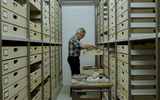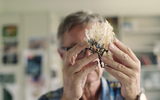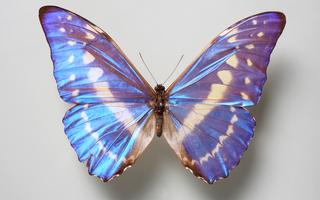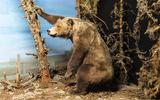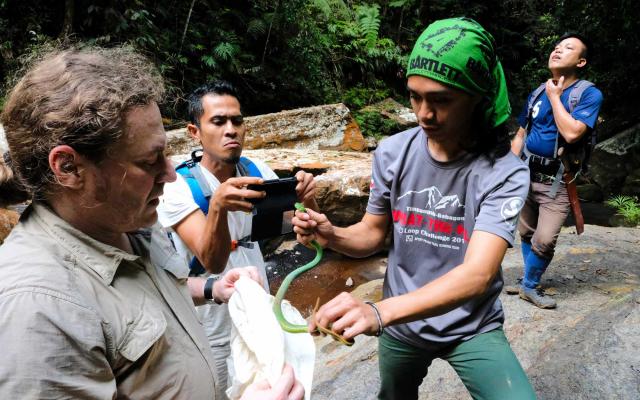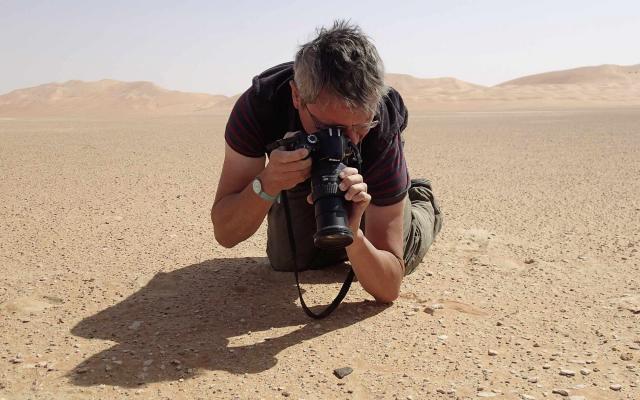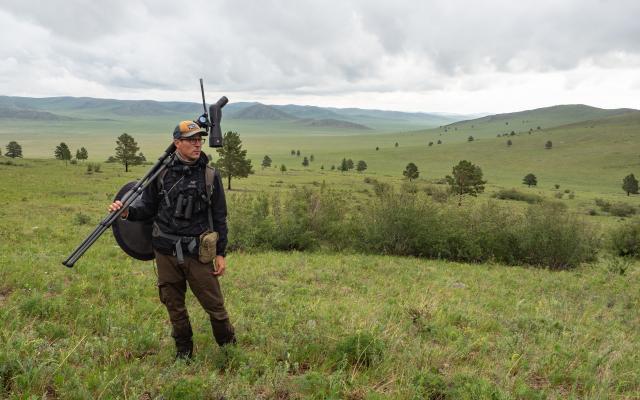Actually, the international space project "ExoMars", in which researchers from the Natural History Museum Bern are also involved, would have been launched on 20 September 2022 - with the aim of searching for possible traces of microorganisms on Mars. However, due to the Russian invasion of Ukraine, the launch had to be postponed.
A special exhibition at the NMBE should have provided information about the status of the mission from autumn 2022. Instead, the museum has now produced a short documentary film about the background to the project - and about the everlasting search for extraterrestrial life.
The film ‘Life on Mars’ is showing from 20 September 2022 as part of the ‘5 Sterne’ exhibition and on our online channels.
A journey to mars
The question of whether there has ever been life on Mars tends to spark people’s imagination. It is now clear that the little green men of popular culture have no basis in reality. But that doesn’t mean life on Mars is not, or has never been, possible. A glimpse at the galaxy of micro-organisms found on Earth offers potential answers. Extremely high and low temperatures, a high salt content or low energy supply: these lifeforms, for example specific types of bacteria, are capable of withstanding even the harshest conditions. Some leave behind traces of their existence lasting millennia. ExoMars was launched in an attempt to locate this kind of evidence of life on Mars.
ExoMars is a space probe project conducted by the European Space Agency (ESA) in partnership with the Russian space agency Roskosmos. The start of the mission was originally planned for 2008. After numerous delays, it was postponed to 2018, then to 20 September 2022.
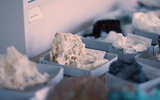
The mission’s crowning glory is the Rosalind Franklin rover, a hi-tech vehicle that can search beneath the planet’s surface for signs of life. Or could search, one might say: once Russia invaded Ukraine, the partnership with Roskosmos was terminated and ExoMars postponed once again – with a new date still to be confirmed.
A Mars project with the NMBE on board
The Natural History Museum of Bern (NMBE) also contributed to the mission. Swiss scientists developed a new instrument for the rover: CLUPI (Close-UP Imager) is a miniaturised camera system capable of creating high-resolution colour close-ups of soils, rocks and core samples to help look for potential biological structures and patterns.
The principal investigator – known as the ‘father’ of CLUPI – is Jean-Luc Josset from the Space Exploration Institute, Neuenburg. He developed CLUPI together with a team of Swiss and French researchers, including Beda Hofmann, Head of Earth Sciences at the NMBE. The project was supported by the Swiss Space Office at the State Secretariat for Education, Research and Innovation (SERI) and the French space agency (CNES). Beda Hofmann would have analysed and evaluated images transmitted by CLUPI if the mission had gone ahead.
